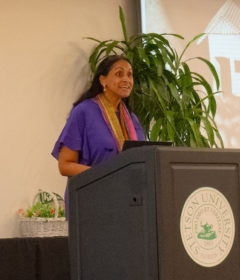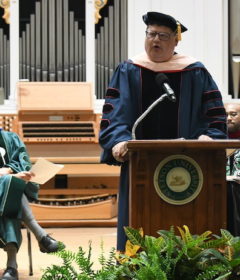Stetson’s Water Institute Helps to Protect North Central Florida Farmland
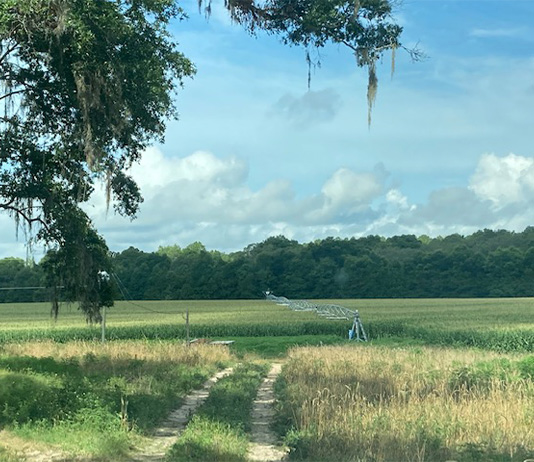
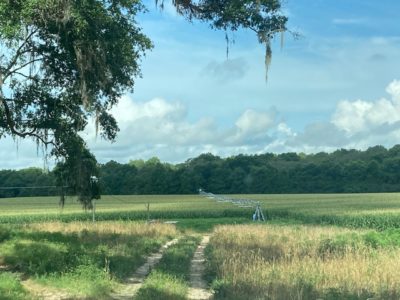
Thanks in part to the efforts of Stetson’s Institute for Water and Environmental Resilience (IWER), a former dairy located within the Devil’s Ear Springshed in Gilchrist County has been permanently protected through a conservation easement and will undergo a transition to lower impact farming over the next 10 years.
Alachua Conservation Trust, in partnership with the Florida Department of Agriculture & Consumer Services, Suwannee River Water Management District and IWER worked closely with the owners of Watson Farm to put their multigeneration family land into conservation and begin steps to reduce land use impacts through a conversion process that is one of the first agreements of its kind in the Florida.
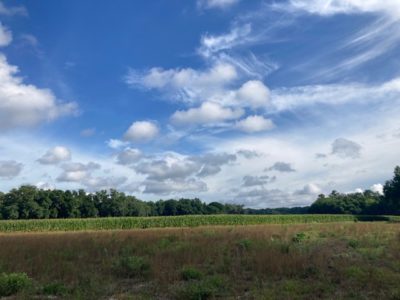
Endangered Farmland
Watson Farm represents a long history of agriculture and industry in North Central Florida. The 561-acre property was operated as a phosphate mine during the late 19th and early 20th centuries. Large quarry pits and the remnants of an old railroad bed still exist on the landscape, where steam shovels were once used to extract minerals from the soil and immediately transport them offsite. The land surrounding the quarry pits was then transitioned to a diverse cropping operation for much of the 20th century. As agricultural operations in this area began to industrialize, the land use intensified to include a dairy operation and center pivot irrigation.
Those land-use activities came at a cost, not only to the landowner, who took on significant debt to keep up with rapidly changing agriculture practices, but also to the natural environment. Located along the northern portion of the Brooksville Ridge, the high, sandy soils on Watson Farm are vulnerable to nitrate leaching due to heavy rain events that occur during row crop season. The ridge is an area of high recharge to the Upper Floridan Aquifer, which discharges freshwater to 36 springs along the Santa Fe River, a priority conservation area for the state.
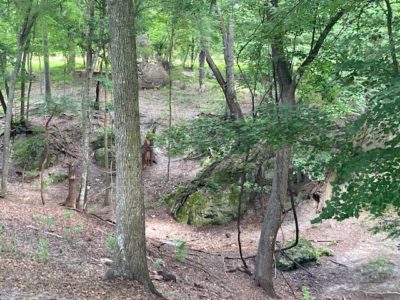
The First Magnitude Devil’s Ear Spring, located along the Lower Santa Fe River, has experienced a steady decrease in flow and increased levels of nitrate since the 1960s due to increased regional water demands and nitrogen pollution.
Action to Protect
When the Watson Family approached the Alachua Conservation Trust about protecting the land while also being able to pay off farming debt on the property, the accredited land trust looked to its partners for a solution that would also ensure the land remain undeveloped with environmental impacts reduced.
The land is now protected through an agricultural conservation easement held by Florida Department of Agriculture & Consumer Services through the Rural and Family Lands Protection Program. Funding from the Suwannee River Water Management District’s Accelerating Suwannee Program and Stetson’s Sustainable Farming Fund provided support to transition the farm from irrigated row crops to lower impact farming activities.
“We are grateful to the Watson Family and our partners at FDACS [Florida Department of Agriculture & Consumer Services], the Suwannee River Water Management District and Stetson IWER for working with ACT [Alachua Conservation Trust] to conserve this land,” said Tom Kay, ACT’s executive director. “Watson Farm is forever protected with a conservation easement that minimizes future development and reduces water intensive farming practices on the land.”
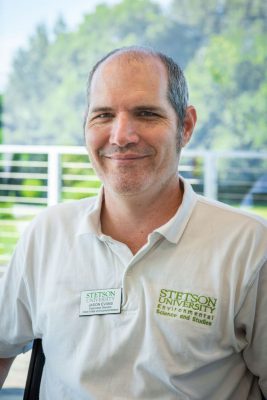
Agricultural conservation easements are an effective tool for landowners to protect and maintain their land, especially in this area of North Central Florida, where development pressure has increased significantly. The easements ensure the property maintains its rural character over time and limits the types of activities that can occur on the land. There are several state and federal programs available to landowners to pay for conservation easements, and land trusts such as the Alachua Conservation Trust help landowners navigate the complexities of each program.
“Stetson IWER is honored to support this pilot project and to partner with ACT to ensure that agricultural lands in the Suwannee Valley are managed with the goal of reducing impacts on the springs and aquifer,” commented Jason Evans, PhD, associate professor of Environmental Science and Studies and IWER’s executive director. “While this is just the beginning, the steps taken by the Watson Family today may one day serve as an example for producers located in sensitive springsheds interested in reducing their operations while maintaining the legacy of their family lands for future generations of Floridians.”
This is the most recent success in a string of achievements for IWER, which includes the National Science Foundation awarding $1 million to the water institute in September.


